Submitted by WA Contents
Luofu Shan Shui Museum shows the best use of materiality in its outer skin
United Kingdom Architecture News - Mar 18, 2015 - 09:57 14667 views
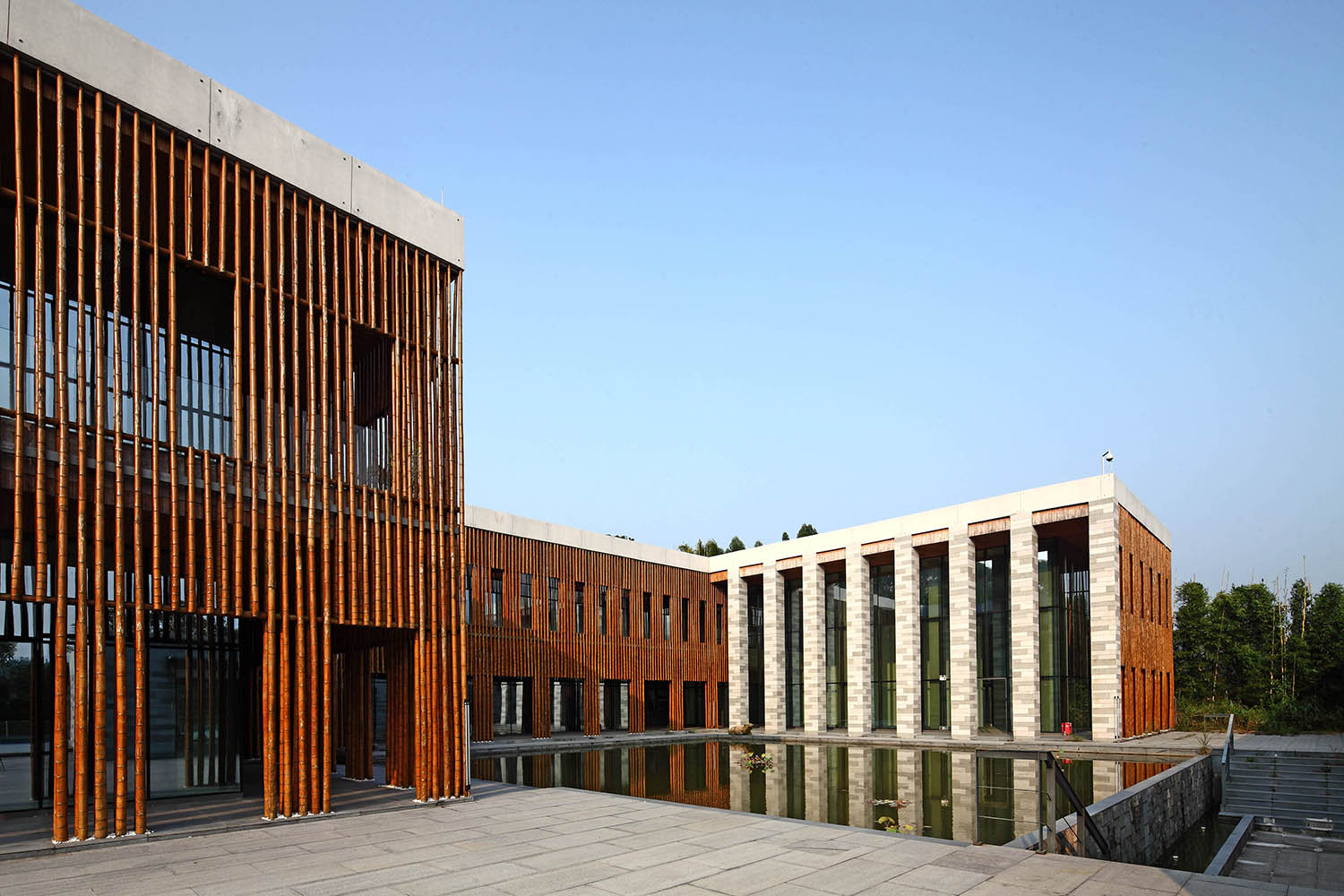
Luo Fu Shan Shui Museum was a collective “hidden” architecture works (GFA 6100 sqm) built to accommodate private art collections from oriental paintings to sculptures, in parallel to be used as a private leisure club. The complex comprises of four major buildings: the Gate, the Museum, the Spa, and the 5 Hotel villas. The area where the site is located is categorized as First Class National Scenic Zone. The 68000 sqm. site sits next to the 295 square kilometer Xiangang lake, which is the second largest reservoir in Guangdong province, back by the 1296 meter high Luo Fu mountain. Water shoreline meandering in and out of the site, lends itself a natural setting that easily blend in with the architecture. Borrowing the philosophy of Traditional Chinese ink painting, the design takes advantage of the poetic nature and finally transform the built environment into a subtle, restrained mood of space hierarchy that is subordinated to the beauty of nature.
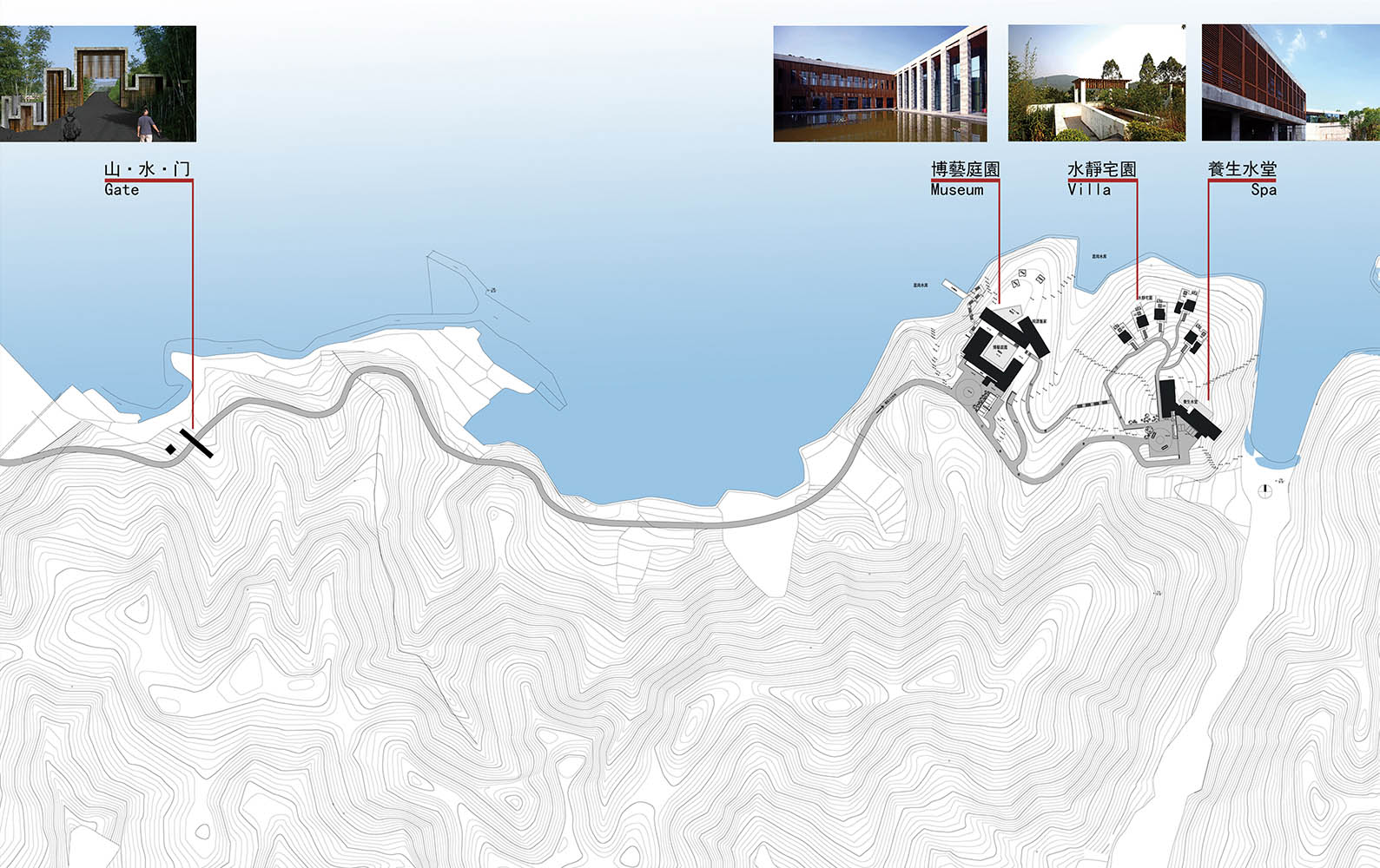
Chinese ink painting tends to capture the metaphysics of “Emptiness” from the mountain, and of the “Silence” from the water. The design philosophy of the project consistently focuses on these two spirits. The architect believes that “beauty of nature exists without words”; buildings therefore have no need to stand out from the environment. Spaces are arranged into layer by layer, intermingled with the surrounding landscape; and architecture is built hidden, by sinking the structure underneath the earth and slope. Roof turns green, façade turns inward looking, space turns sunken, mood turns unspoken. Meanwhile, bamboo screens, oyster shell walls, grey stone façade, and fair faced concrete mix up the spectrum of material pallet that further enhance the oriental ambiance of the architecture.

Master layout concept came from the careful scrutiny on how to organize different building components to fit in the contour system of the site. Architecture story begins with the winding layout of the access road, which is elongated in order to minimize the disruption to slopes. Entering through the bamboo-concrete gate, the first sight to the museum seems nothing but only a plane white wall surfaced with oyster shell. The main structure of the museum is sunken. A clear glass stair box implies a visitor entrance to the museum in a top-down routing manner from roof to basement courtyard. A three storey high bamboo atrium leaks itself to the sky, bringing delicate sunlight from top to the basement corridor. At night, the poetic mood of courtyard lighting glorifies the bamboo corridor. After a vertical and horizontal exchange of levels, visitors are suddenly led to a peaceful patio facing the lily pond under the sky. Other structures such as tea house, hotel villa and spa are arranged in sequences also in top-down gesture, which no-doubt can help harmonizing the environment quite with sense.
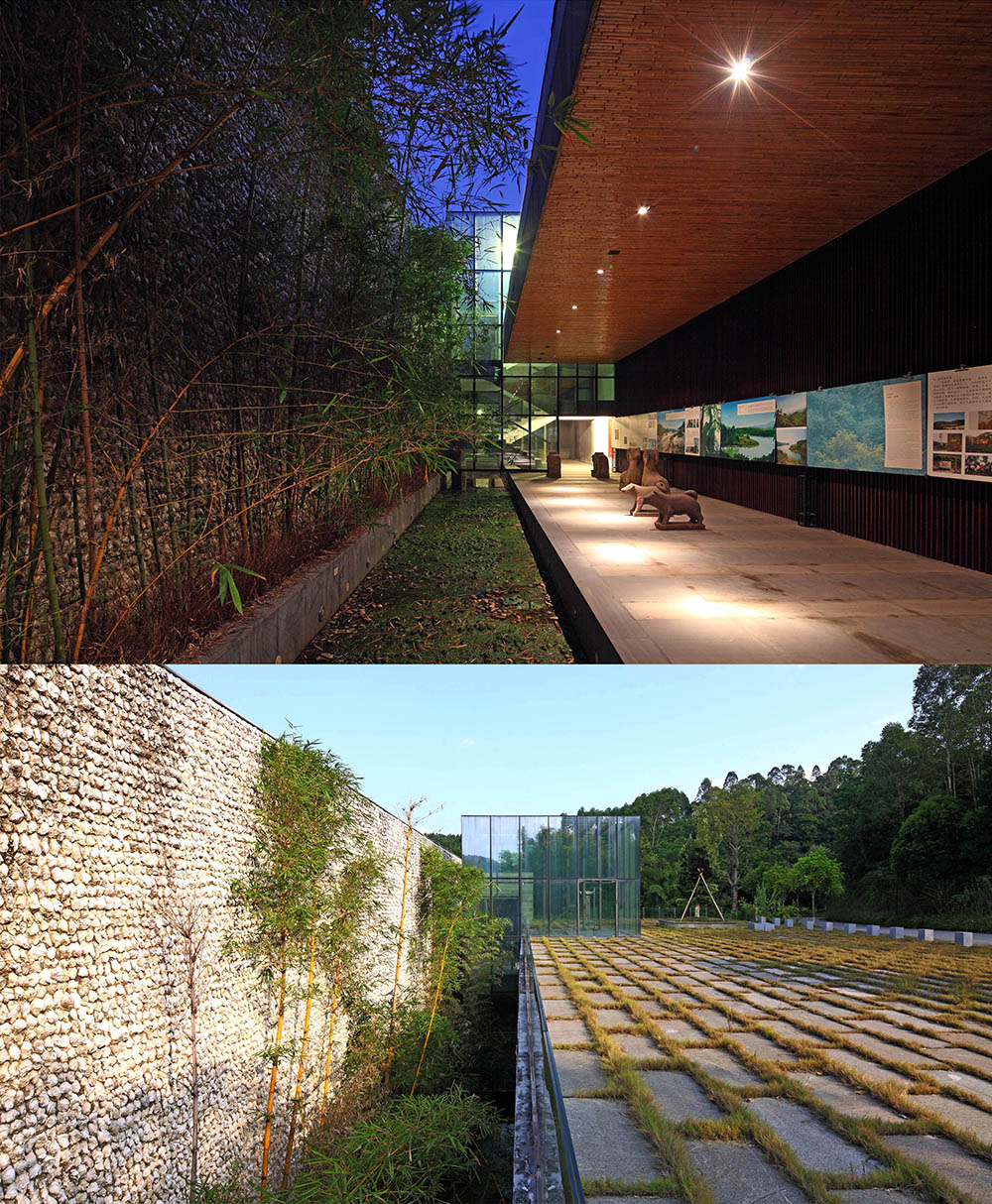
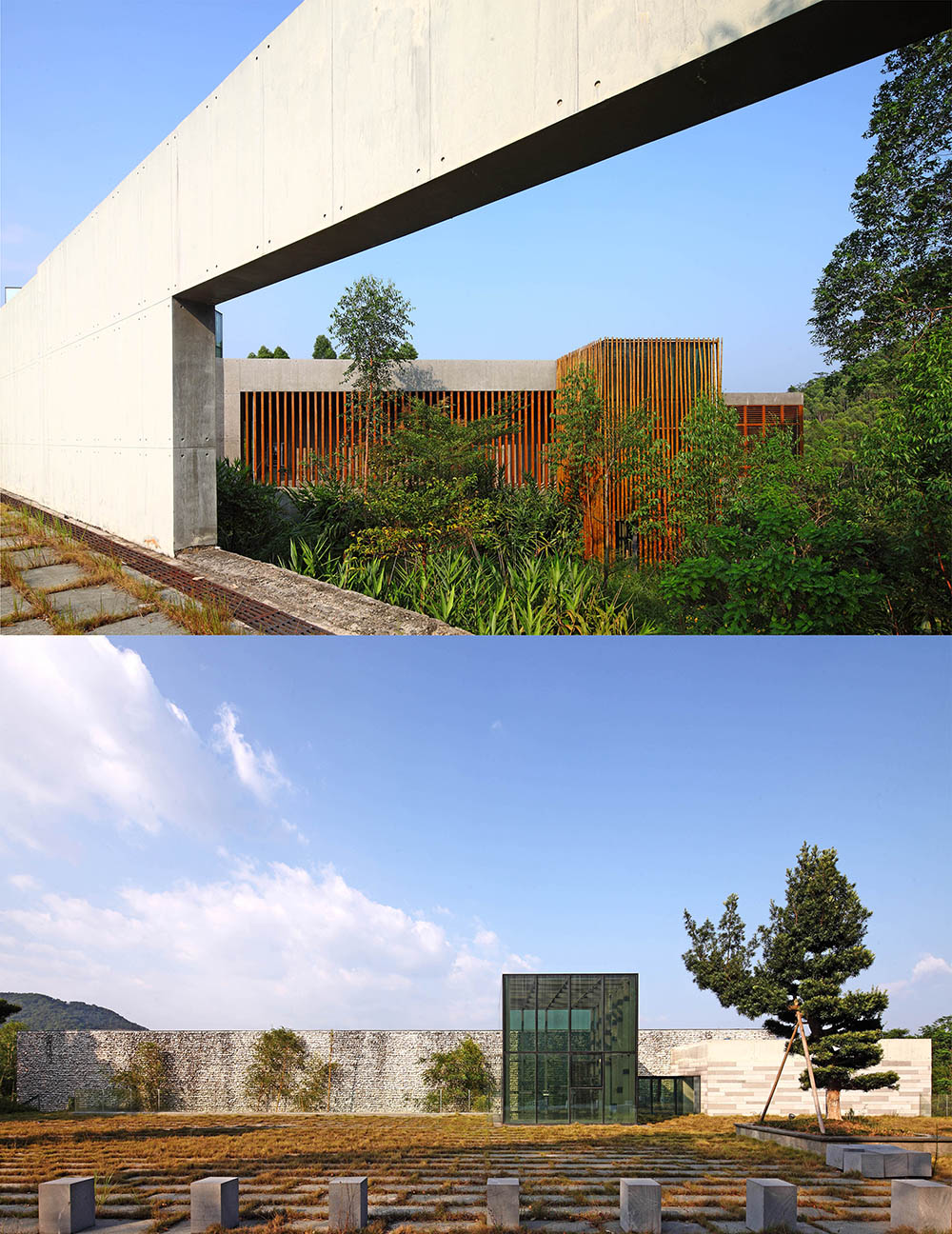
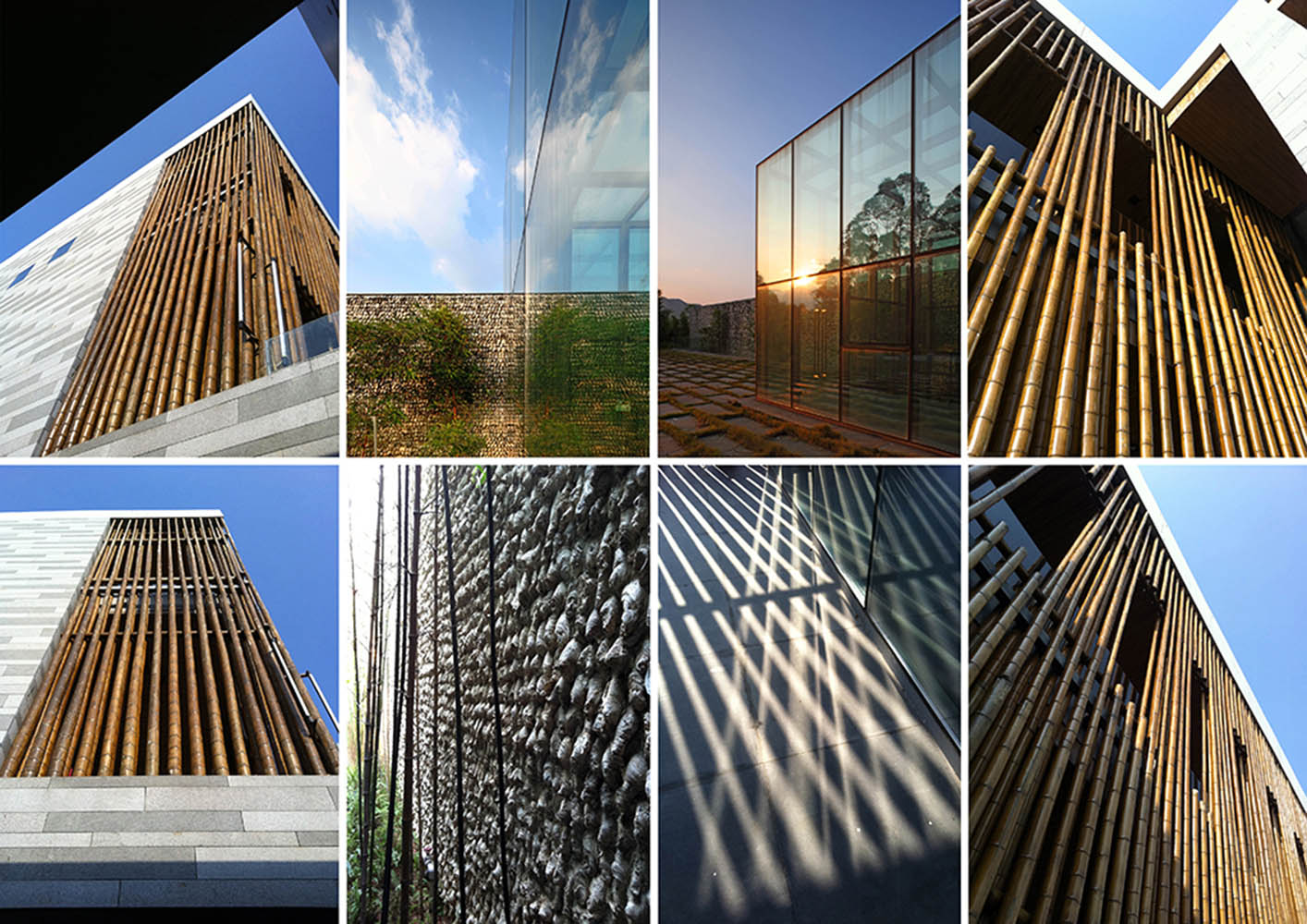
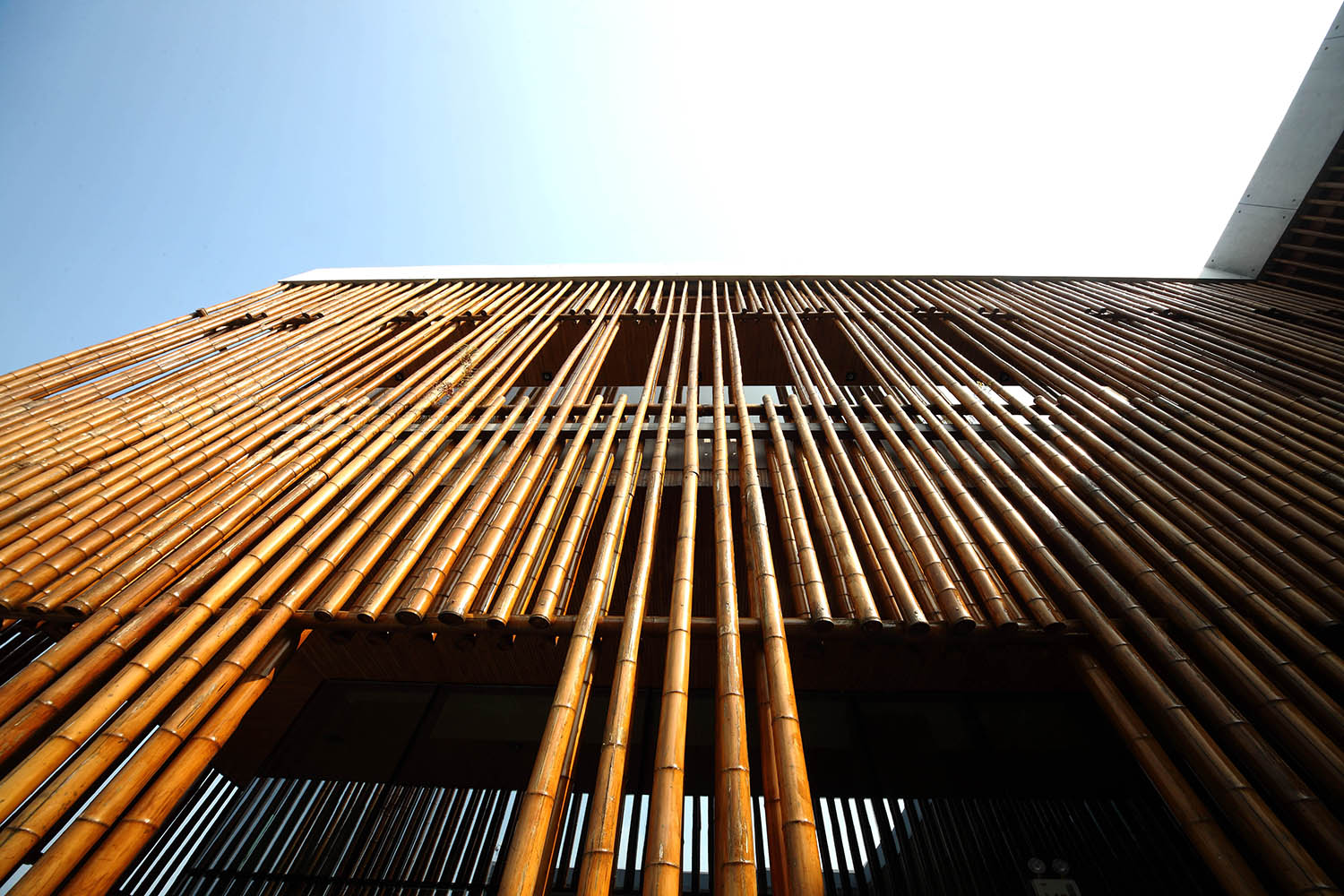
To certain extent, this architecture exercise tries to reflect the metaphysics of the oriental value, which is deeply planted within the thoughts of respecting nature, as well as restraining human being from overwhelming the universe. Design starts from caring the peaceful mix in between nature and human, caring site specific conditions, and caring the reflection of local culture and life belong to the place. The architect, through studying oriental humanity, wants to explore a set of value system that can somehow take responsibility in connection with the history, culture, environment and societal development.
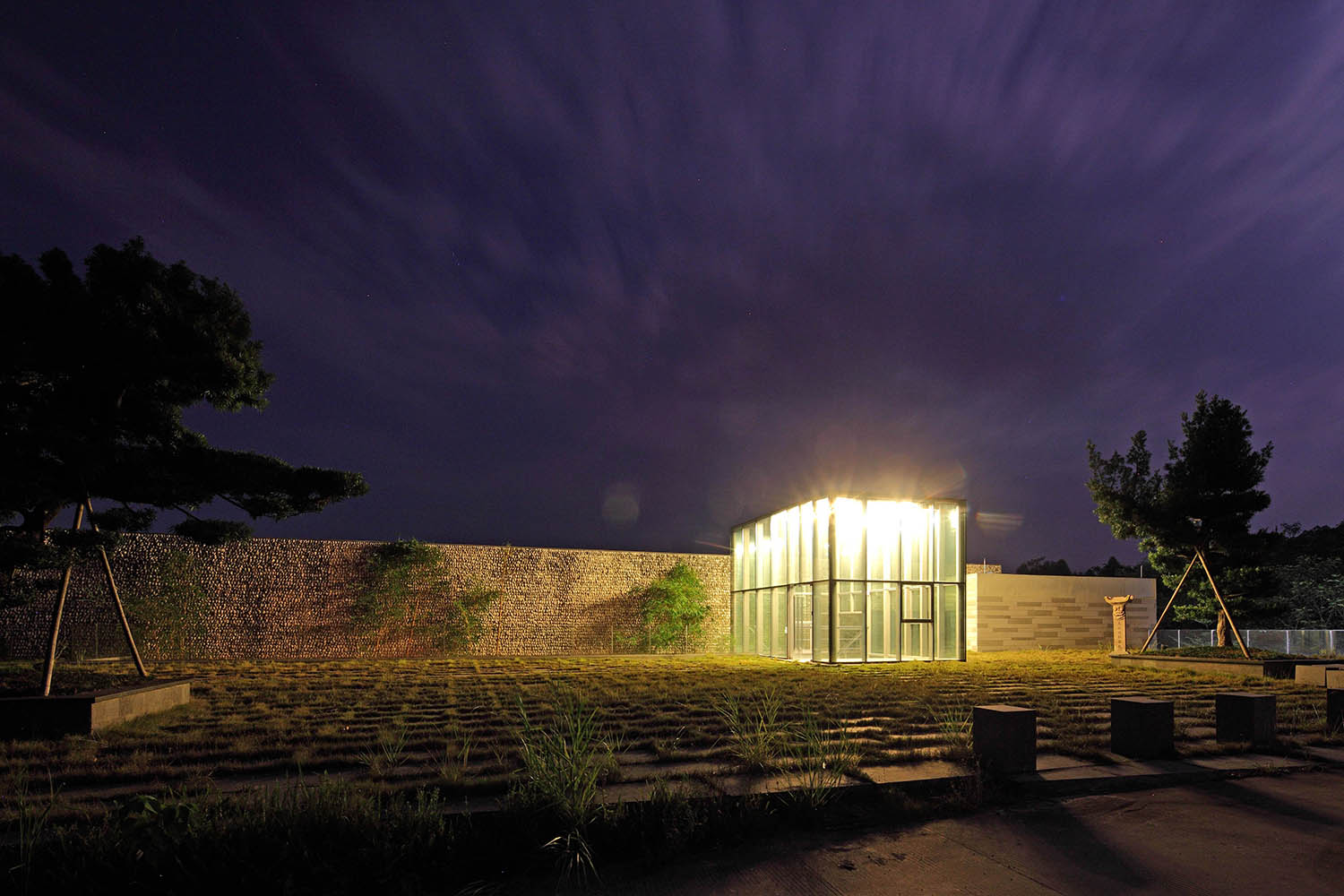

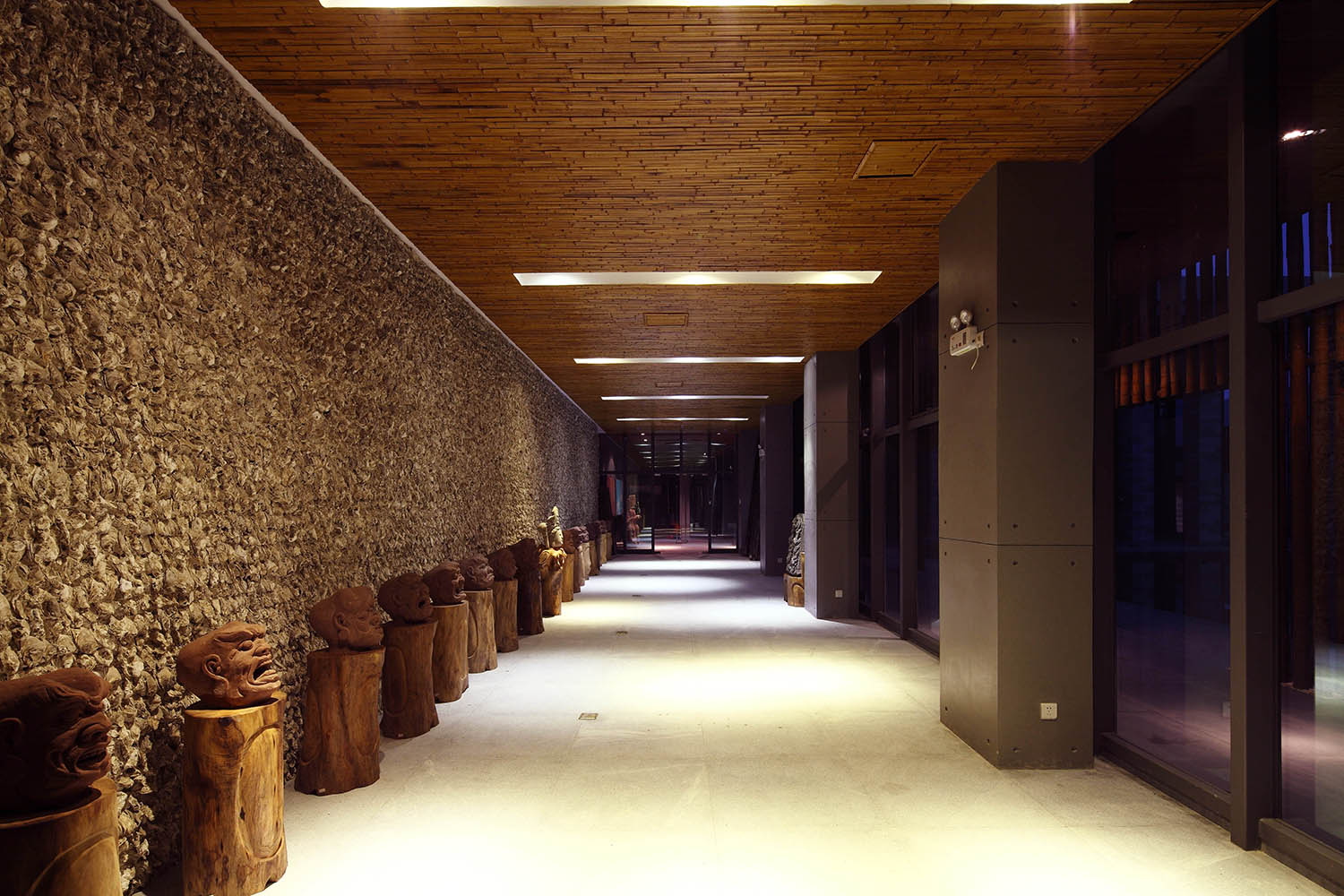
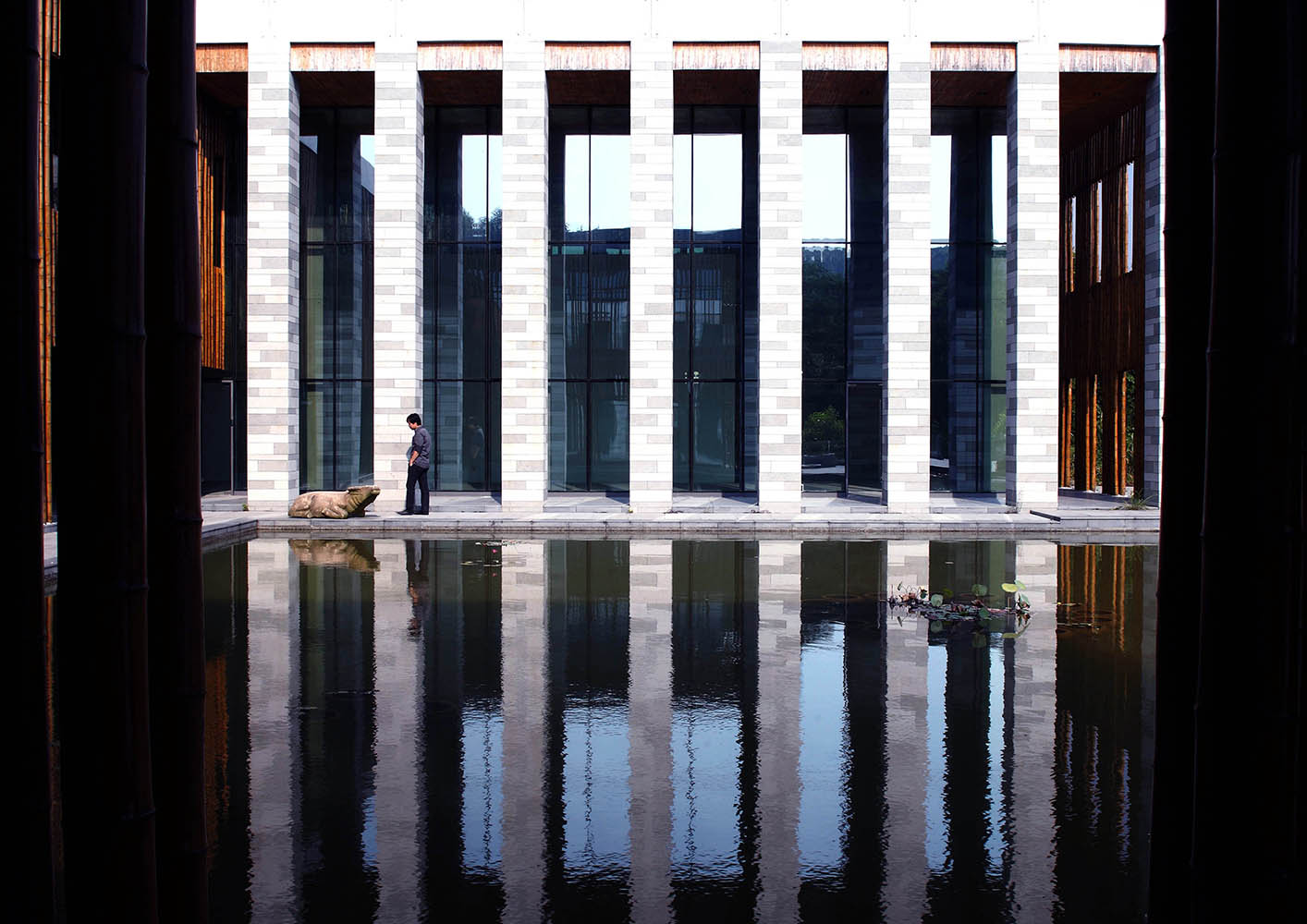

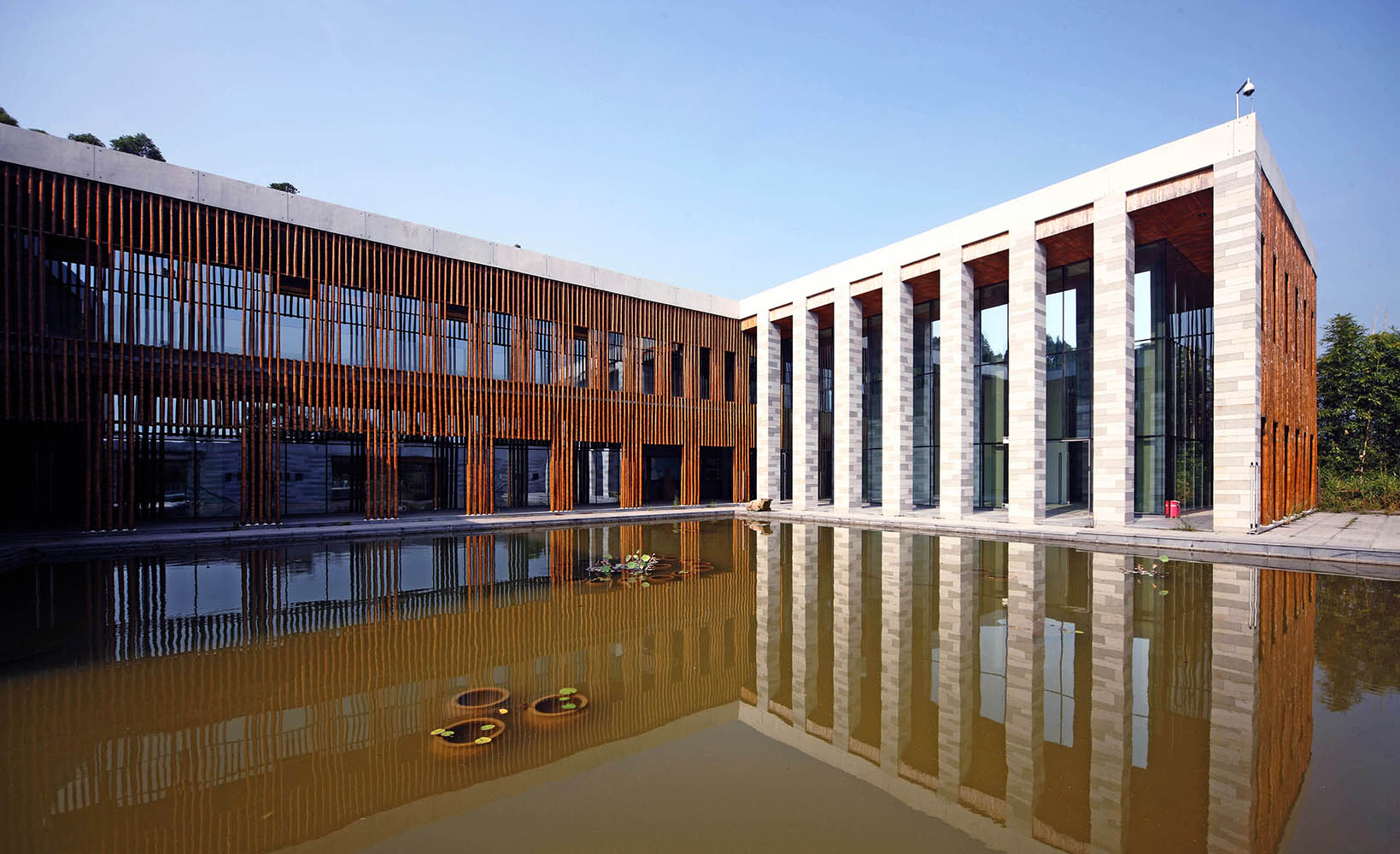
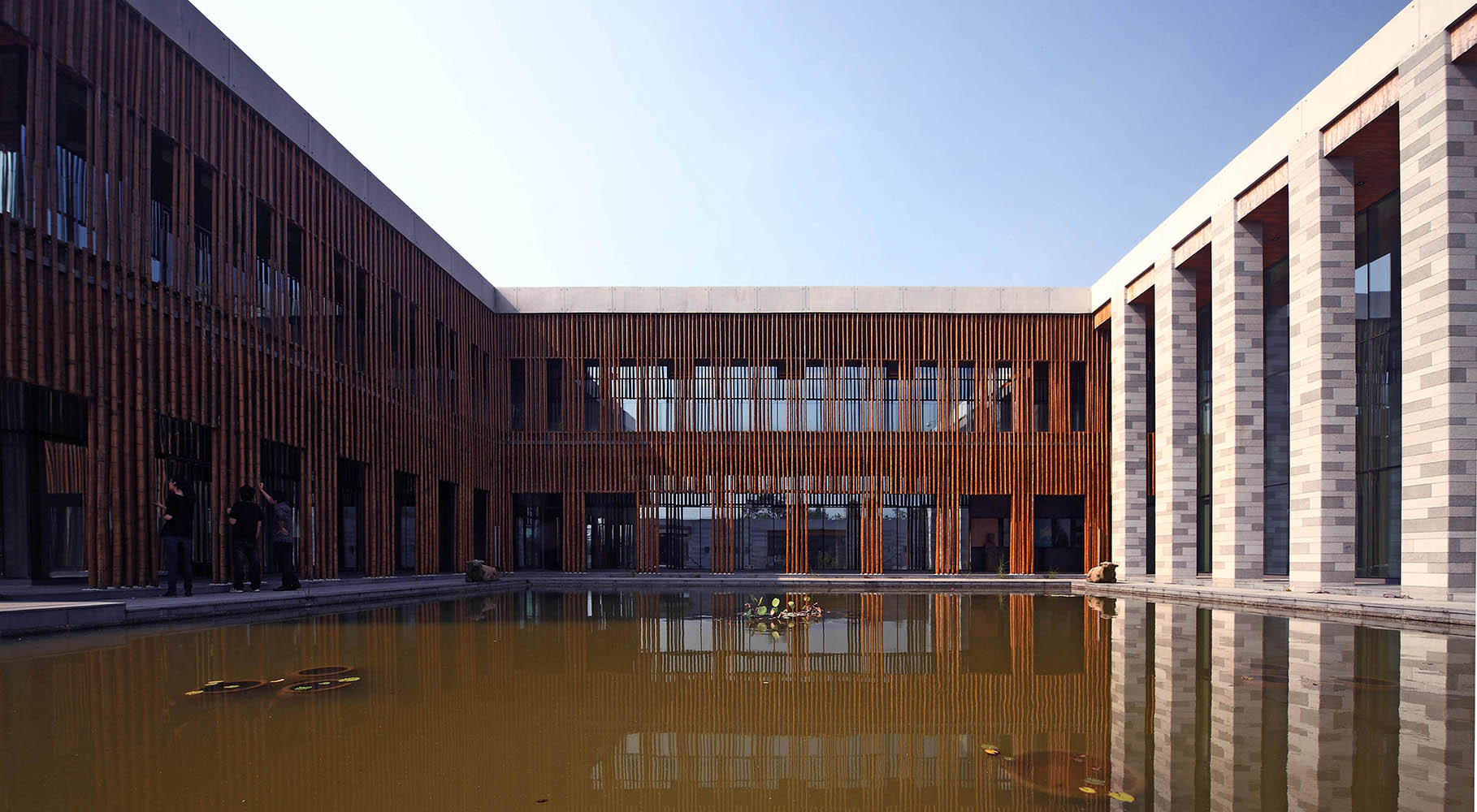
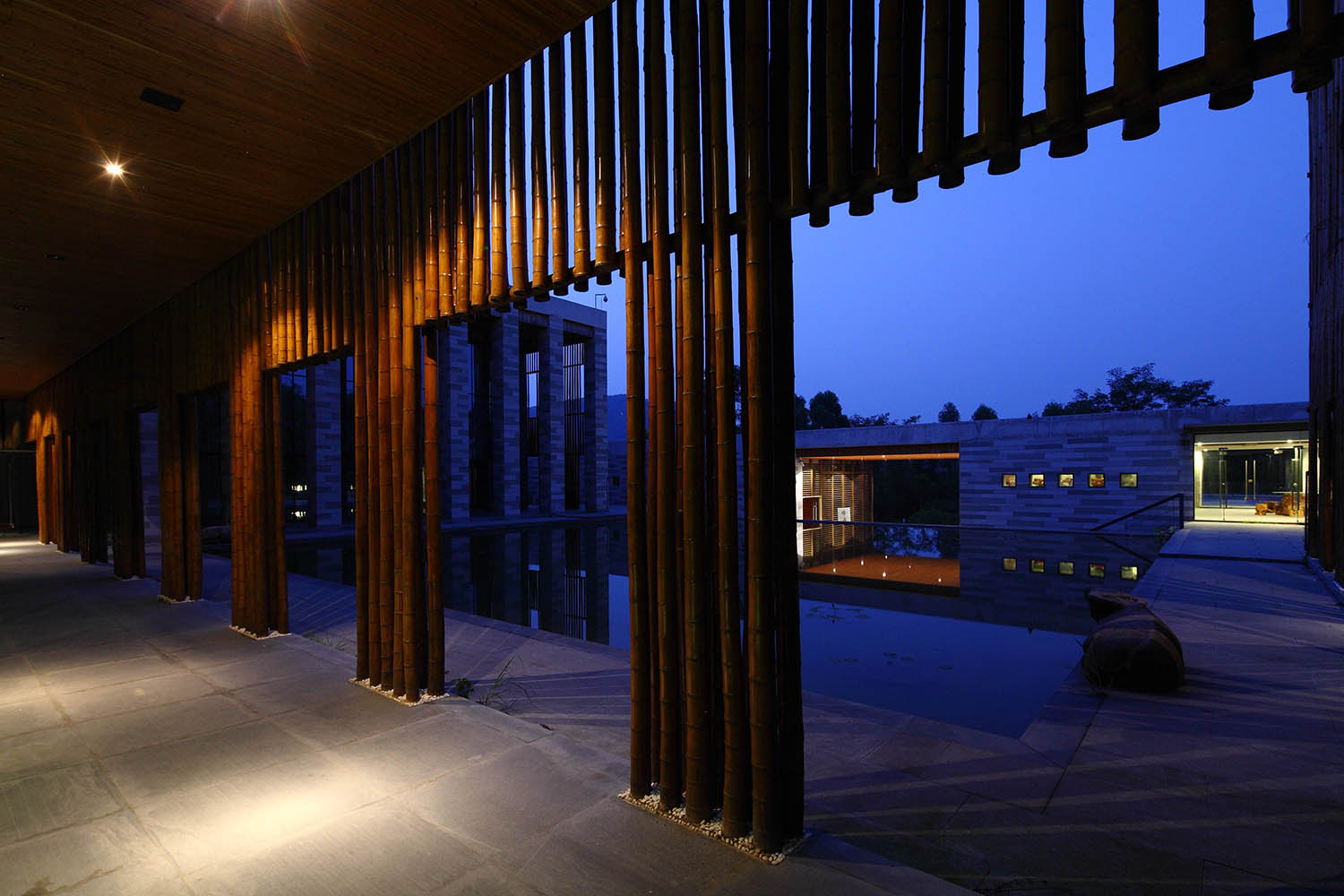
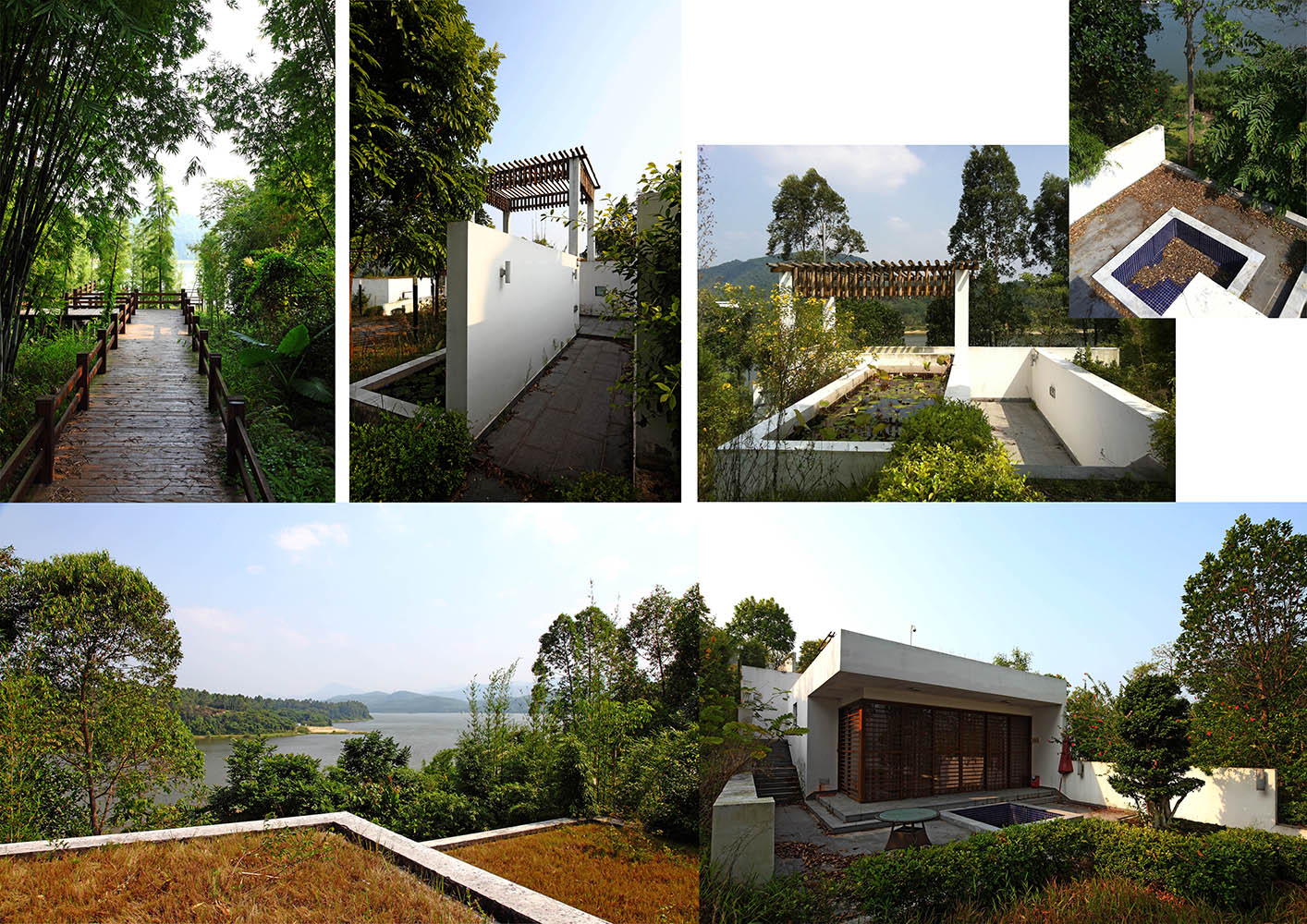
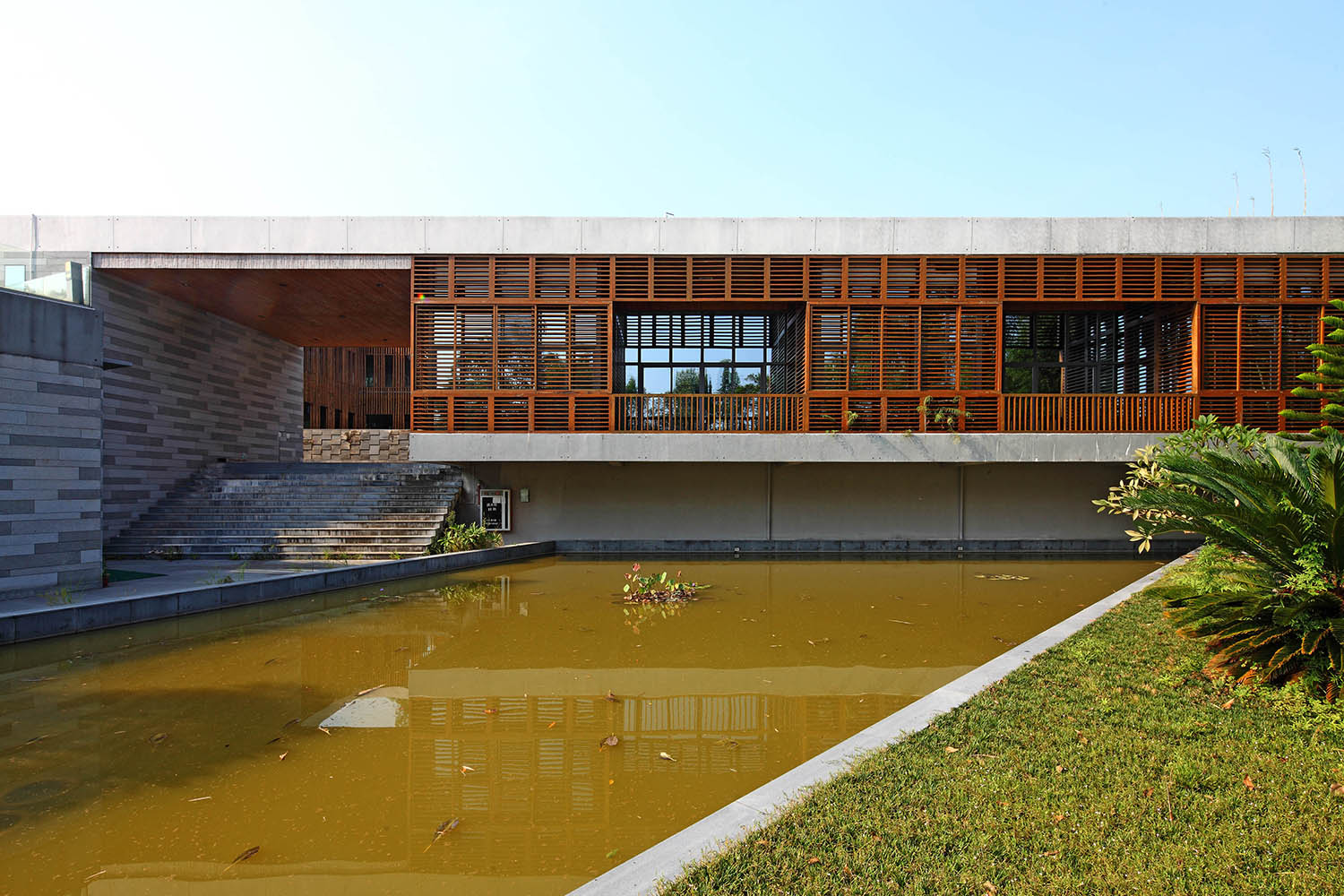
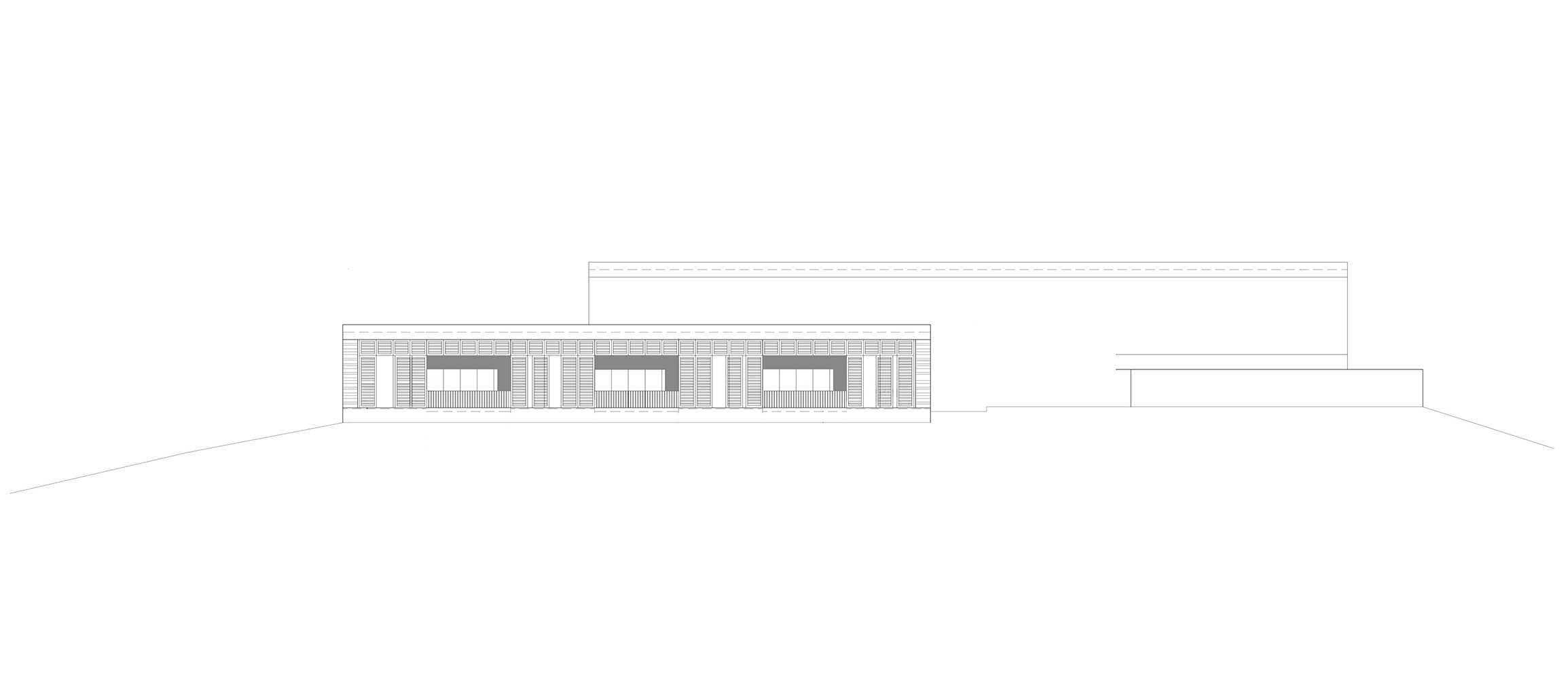
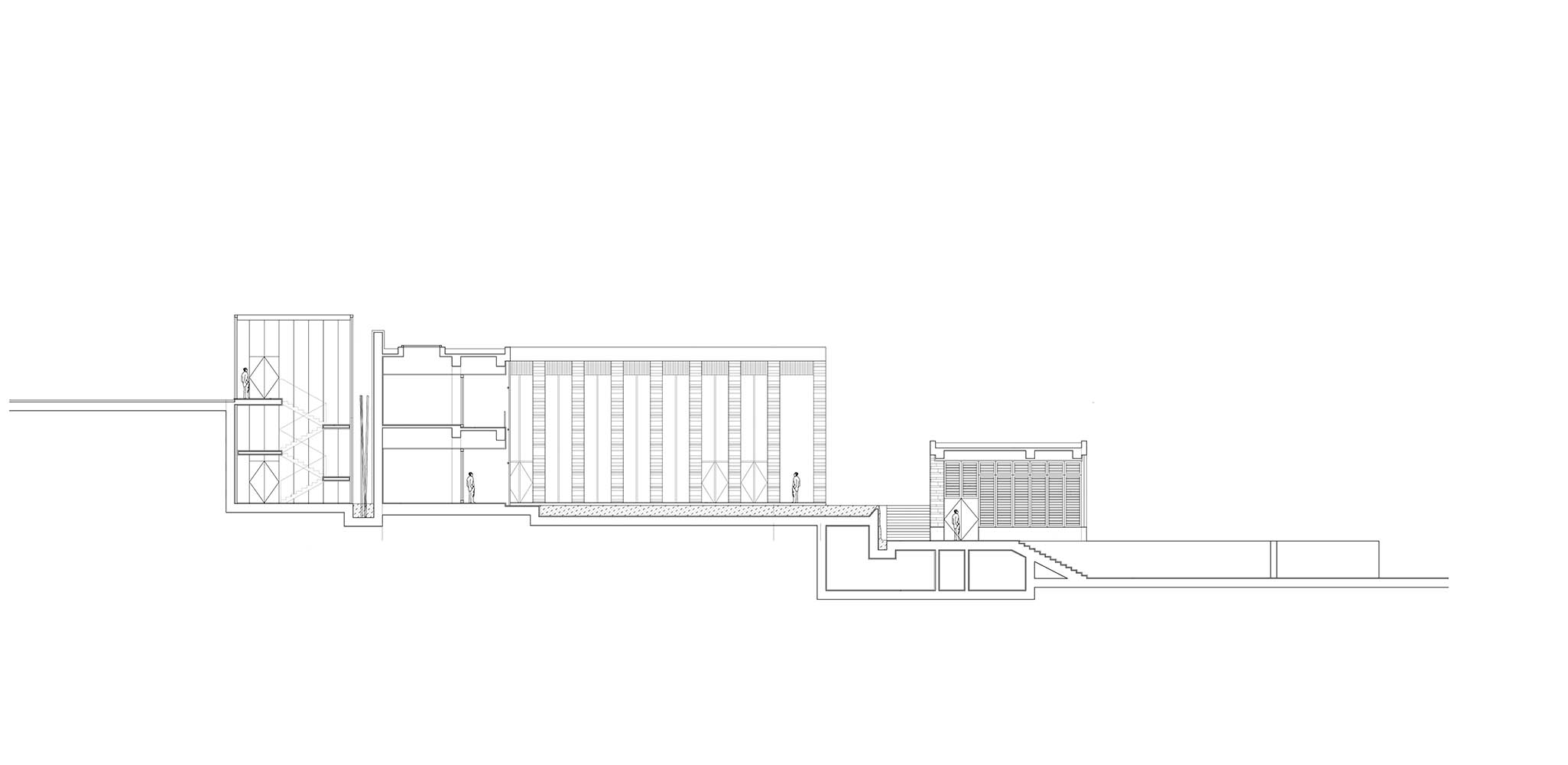
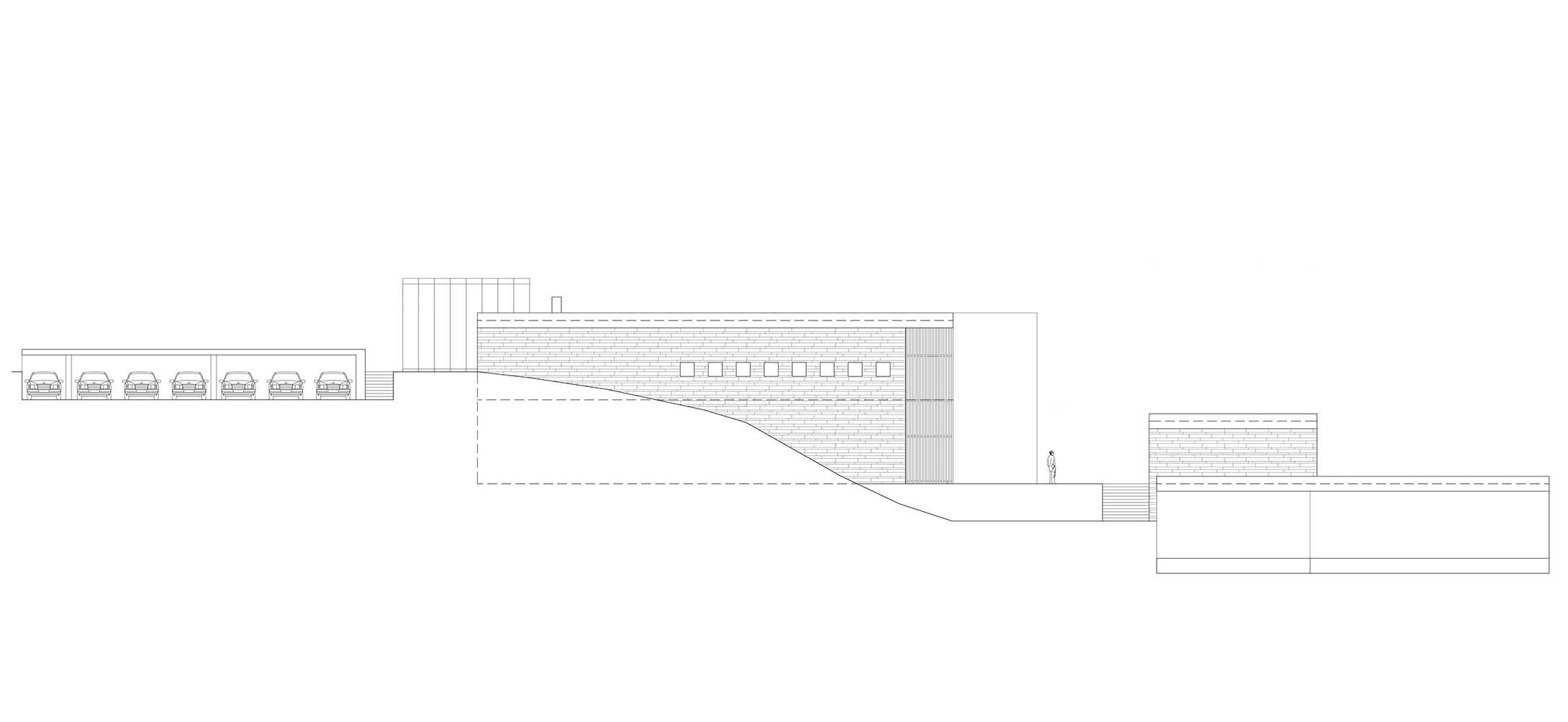
All Images © ADARC Associates
Project Facts
Name:Luofu Shan Shui Museum
Completion:Year 2012
Location:Luo Fu Mountain, Huizhou City, Guangdong Province, PRC
Site Area:approx 68,000 sqm
GFA:6,100 sqm
Architectural Design:ADARC Associates Ltd
Architect in Charge:Dr. Allan Ting
Award:HKIA Annual Award 2013
> via adarc.com.hk
